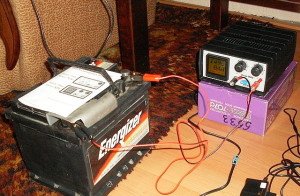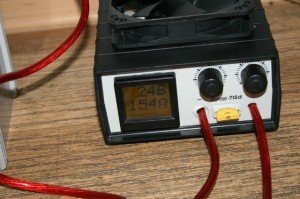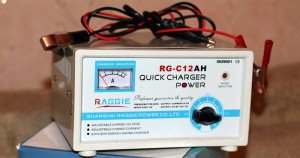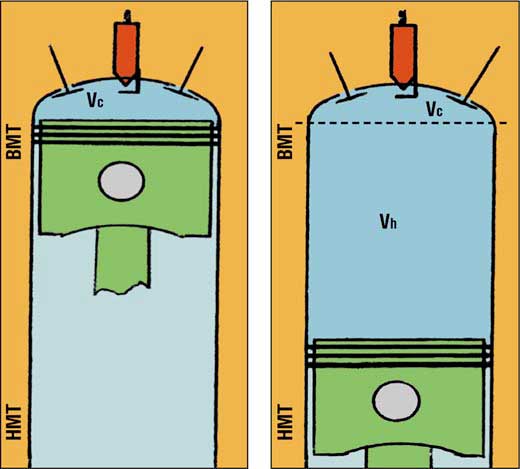
How to charge a car battery?
Charging a car battery, at first glance, may seem complicated, especially for a person who has not previously charged or repaired batteries with his own hands.
General principles of battery charging
In fact, charging the battery will not be difficult for a person who did not skip lessons in physical chemistry at school. Most importantly, be careful when studying the technical characteristics of the battery, charger, and know what current to charge the car battery.

The charge current of the car battery must be constant. Actually, for this purpose, rectifiers are used, which allow adjustment of the voltage or charging current. When purchasing a charger, familiarize yourself with its capabilities. Charging designed to service a 12-volt battery should provide the ability to increase the charging voltage to 16,0-16,6 V. This is necessary to charge a modern maintenance-free car battery.

Battery Charging Methods
In practice, two methods of battery charging are used, or rather, one of two: battery charge at constant current and battery charge at constant voltage. Both of these methods are valuable with proper observance of their technology.


Battery charge at constant current
A feature of this method of charging the battery is the need to monitor and regulate the charging current of the battery every 1-2 hours.
The battery is charged at a constant value of the charging current, which is equal to 0,1 of the nominal capacity of the battery in a 20-hour discharge mode. Those. for a battery with a capacity of 60A / h, the car battery charge current should be 6A. it is to maintain a constant current during the charging process that a regulating device is required.
To increase the state of charge of the battery, a stepwise decrease in current strength is recommended as the charging voltage increases.
For batteries of the latest generation without holes for topping up, it is recommended that by increasing the charging voltage to 15V, once again reduce the current by 2 times, i.e. 1,5A for a battery of 60A / h.
The battery is considered fully charged when the current and voltage remain unchanged for 1-2 hours. For a maintenance-free battery, this state of charge occurs at a voltage of 16,3 - 16,4 V.


Battery charge at constant voltage
This method is directly dependent on the amount of charging voltage provided by the charger. With a 24-hour 12V continuous charge cycle, the battery will be charged as follows:
- at a voltage of 14,4 V by 75-85%;
- at a voltage of 15 V by 85-90%;
- at a voltage of 16 V by 95-97%;
- the battery is fully charged when charging for 20-24 hours and the charger voltage is 16,3-16,4 V.


As a rule, the criterion for the end of the charge in these chargers is the achievement of a voltage at the battery terminals equal to 14,4 ± 0,1. The device signals with a green indicator about the end of the battery charging process.


Experts recommend for an optimal 90-95% charge of maintenance-free batteries using an industrial charger with a maximum charging voltage of 14,4 - 14,5 V, in this way, it takes at least a day to charge the battery.
Good luck to you lovers of your car.


Watch this video on YouTube
If there are emergency situations, then a reasonable question arises: what current to choose and how many amperes can be supplied. A large current is useful only if it is impossible to charge according to all the rules (you need to go urgently, but the battery is discharged). In such cases, it should be remembered that a relatively safe charge current should not exceed more than 10% of the battery capacity. If the battery is heavily discharged, then even less.
